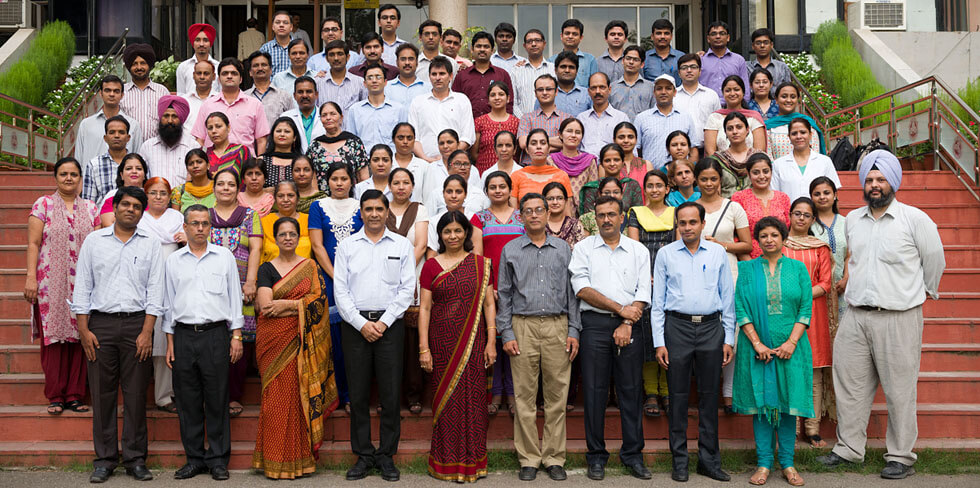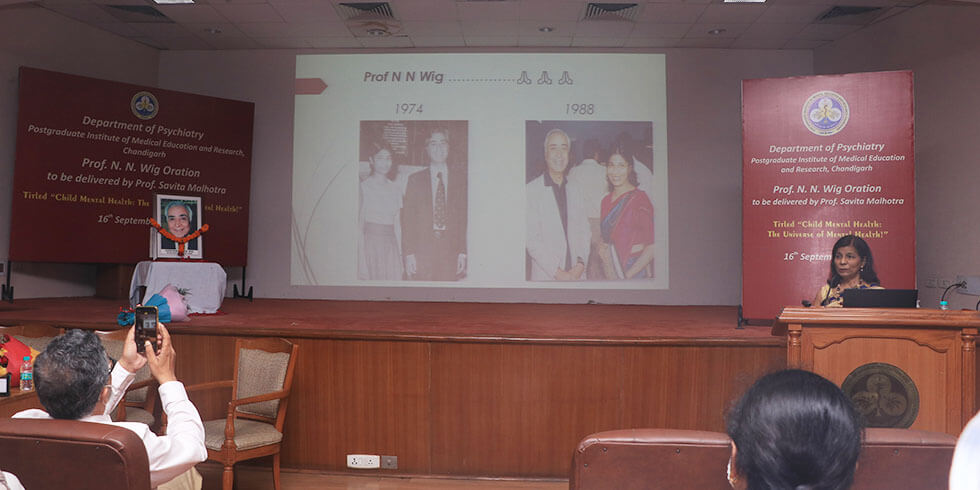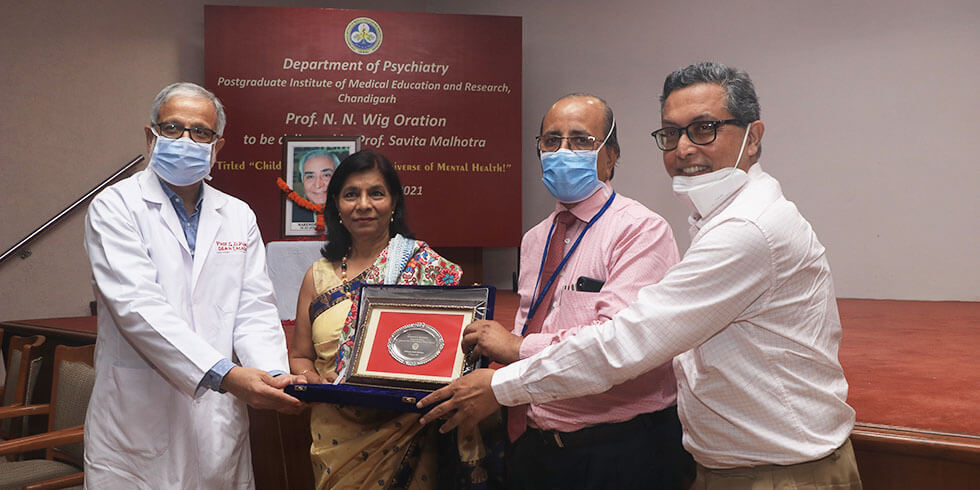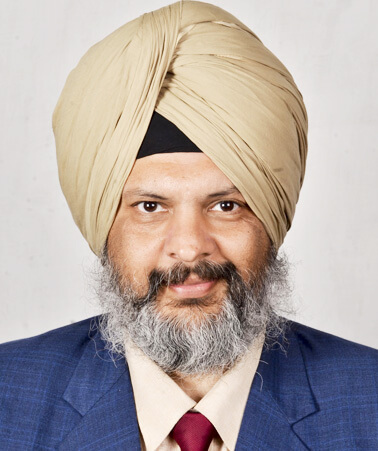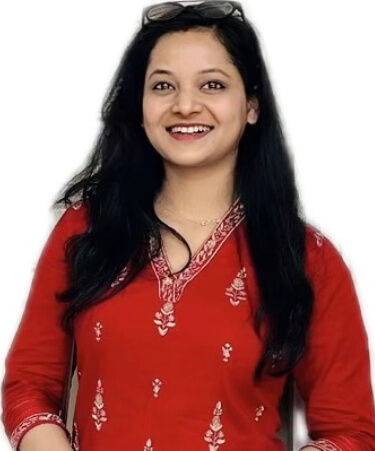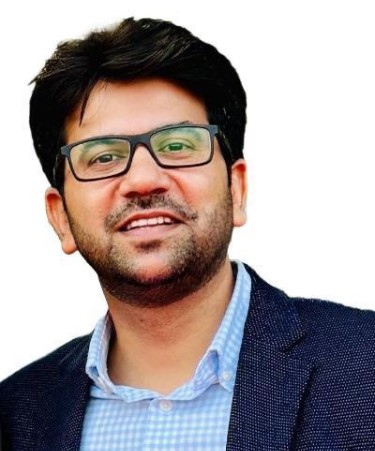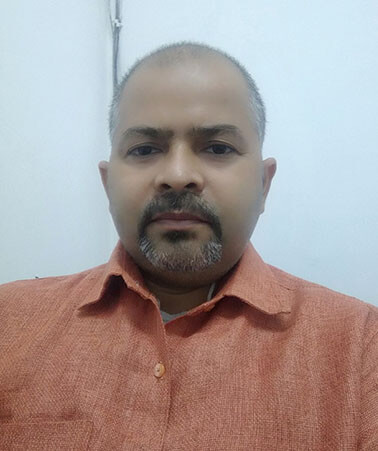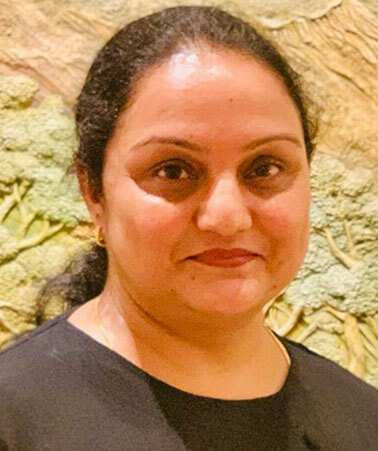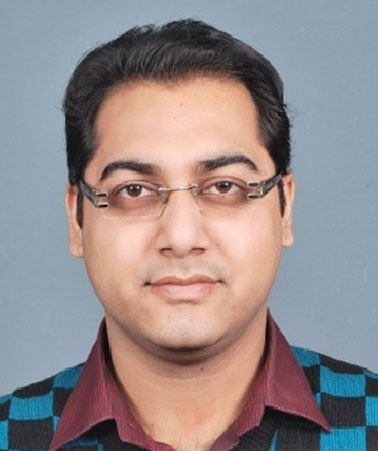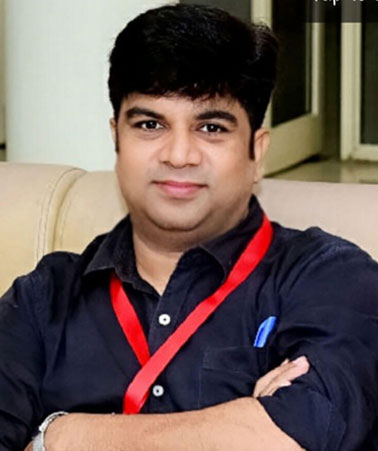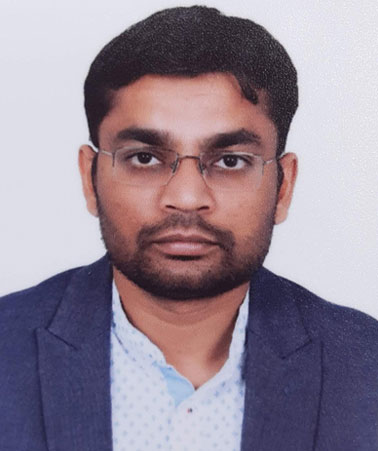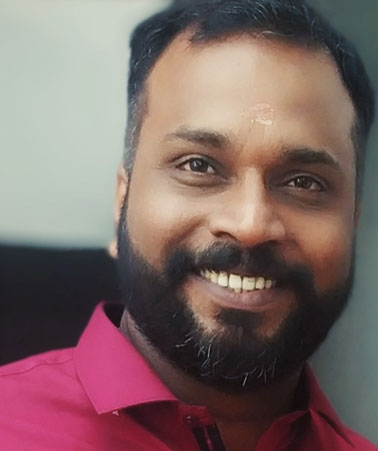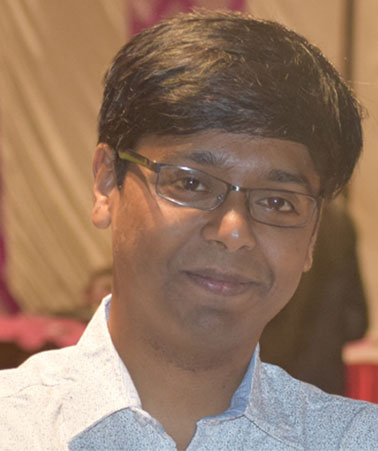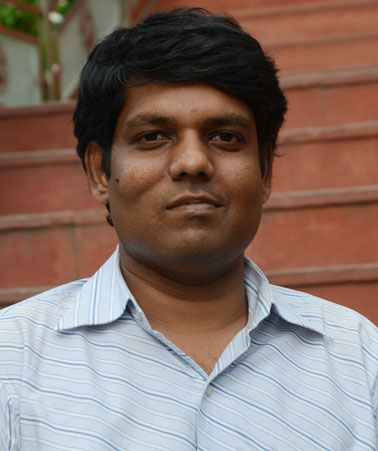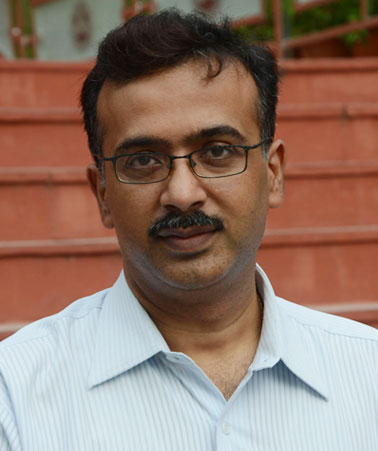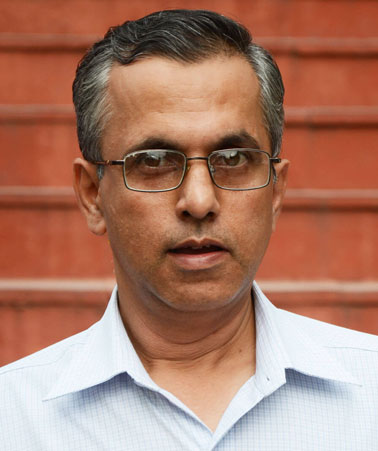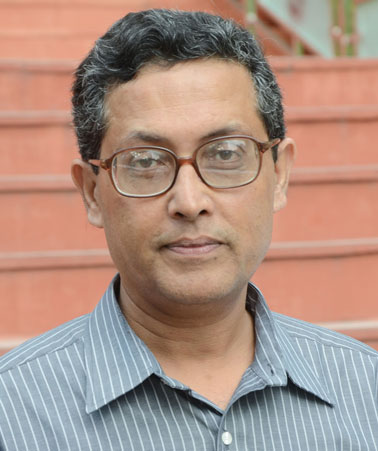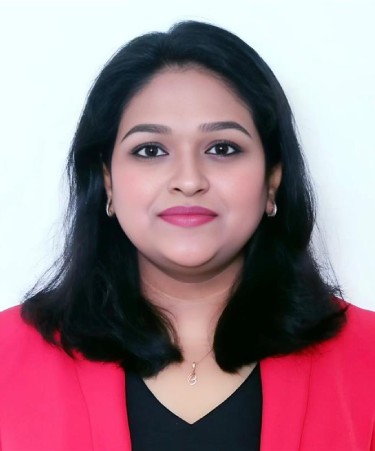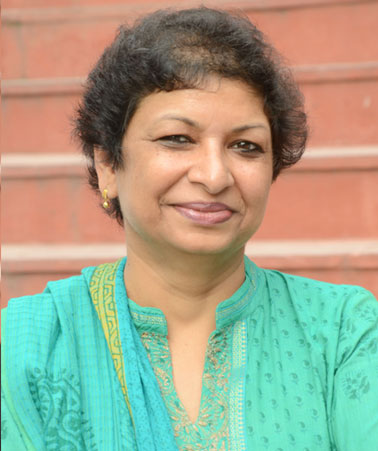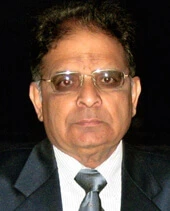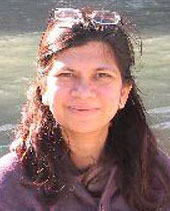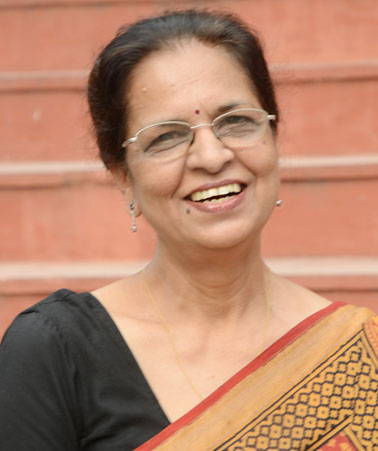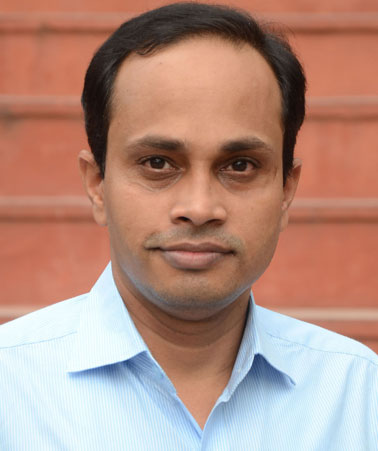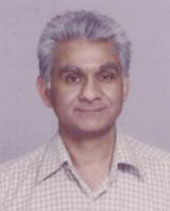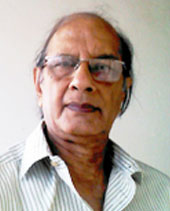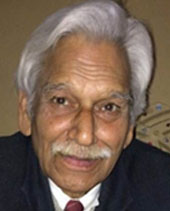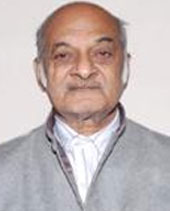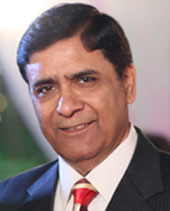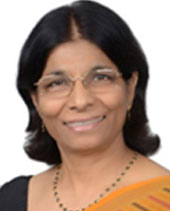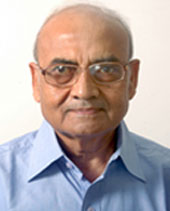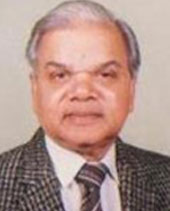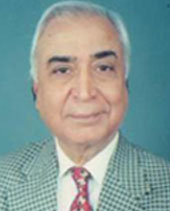A SHORT HISTORY OF THE DEPARTMENT OF PSYCHIATRY PGI, CHANDIGARH – A PERSONAL ACCOUNT OF THE FIRST TWENTY YEARS BY
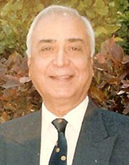
Dr. N. N. WIG (1963-1980)
Psychiatry Department at P.G.I. Chandigarh began in 1963. This is a personal account of the first twenty years by the person who started it; how step by step various services OPD, inpatient ward, resident training programme, clinical psychology, psychiatric social work, research activities and international recognition occurred. Psychiatry department can proudly say that last fifty years have been a constant march forward to be recognized as one of the leading department of psychiatry in terms of service, training and research in India.
I am usually credited with having started the department of Psychiatry at P.G.I. in 1963 but in fact when I joined there was no department of psychiatry at that time. I joined in the department of medicine on 16th September,1963 as Assistant Professor (Psychiatry). Interestingly Institute then was not officially called P.G.I. but I.P.G. (Institute of Postgraduate Medical Education & Research). It was the pressure of public and staff in the Punjab Secretariat who found it more convenient to refer to the Institute as “P.G.I.” in official notings Finally authorities relented and changed the name officially as Postgraduate Institute as it is now called. I am enclosing a copy of the “certificate of the birthof the department” which is my appointment letter from 16.9.1963 (forenoon) when I joined as Assistant Professor of Psychiatry (Medicine) in the Institute of Postgraduate Medical Education & Research (Appendix I). About four months later in January,1964 I was properly selected by the Selection Committee in the grade of Rs.1000-50-1400 with three increments. That appointment letter is also enclosed. (Appendix II). This paper is a brief recollection of how gradually the department of Psychiatry developed at P. G. I. Chandigarh and how it attained the current eminence as one of the “leading department of Psychiatry” in the country. To make the reader familiar with the story of the progress of the department, I will have to perhaps begin with the circumstances and events which brought me to Chandigarh in 1963. In 1962 December, I returned back to India after two years of study leave to re-join at King Georges Medical College, Lucknow where I was working as Lecturer in Neuro-Psychiatry since January, 1958. During these two years (1961-62) I was on a Rockefeller Foundation Fellowship. Before going abroad my only qualification was M.D. (General Medicine) but no postgraduate degree in Psychiatry. Through Rockefeller Fellowship I spent one year at Maudsley Hospital, Institute of Psychiatry, London and then few months at Western Psychiatric Institute, Pittsburg, U.S.A. Before returning I completed Diploma in Psychological Medicine (D.P.M) both from England and Scotland. In December 1962, I briefly stopped in Delhi before returning to Lucknow. In Delhi, I learnt that a new Postgraduate Institute is coming up in Chandigarh. I was advised to visit the Chandigarh Institute before going to Lucknow. Thus it was during the last week of December, 1962, that I visited for the first time the up and coming Institute of Postgraduate Medical Education & Research, Chandigarh. I had slightly known Dr..P. N. Chhuttani earlier – he had visited Medical College, Lucknow as examiner for MBBS in 1959 when I was Lecturer. Dr.S .S. Anand was Director of the Institute. They both warmly welcomed and offered me to join as Assistant Professor Psychiatry, ad-hoc, till the official selections by Punjab Government Selection Committee takes place a few months later. The P.G.I. was barely one year old then, only Hospital block ‘A’ was functioning. Dr. Chhuttani cleverly asked me to address all the faculty, residents and nurses that afternoon. He obviously wanted to see how I perform. I addressed the group in the large room adjoining ward III A (now Neurosurgery ward). I spoke on “Recent scene in Psychiatry in U.K. and U.S.A. (or some such topic). My talk was well received and there was a good interactive session. I rejoined Lucknow Medical College next week. After two years in England and U.S.A., Lucknow suddenly started looking much different than what I had left. Old teachers and friends had moved on. I got a feeling that the scope of progress in psychiatry would be limited in Lucknow. On the other hand, Chandigarh offered a bright new start and the excitement of building some thing new from scratch. Financial considerations were also an important factor – in Lucknow my pay was only Rs.450/- per month (with a nominal private practice) while Chandigarh P.G.I. was offering me a starting salary of Rs.1000/- per month. I had also got married in May, 1963. So, all these consideration tilted the balance and, I resigned my job in August, 1963 in Lucknow and on 16th September, presented myself at P.G.I. to take up the ad-hoc job of Assistant Professor.
I joined on 16th of September 1963. I was allotted a room adjoining stairs on IInd floor, F Block in the passage near old Emergency ward. (It is now being used by a Nursing Superintendent), for next two months, it was my office as well as O.P.D. in the morning. I started seeing patients almost immediately. The first patient (Number Psycht.0001) was a referral from Army Hospital which used to be adjoining P.G.I. in those days. It was a case of anxiety with somatic symptoms. After few months the ground floor of F.Block was ready, (which is now the main area of Radio-diagnosis department) and all medical outpatients including psychiatry were shifted there. Space was no problem then, I had a large room for psychiatry O.P.D. Offices for staff temporarily shifted to 4th Floor,F Block, (which is now the operation theatre area).
In 1968 or so when Hospital B Block got ready, psychiatry finally got a separate OPD with 10-12 rooms, for Consultants, residents, nurses, psychologists, E.C.T. treatment rooms etc. I clearly remember my elation at this development. It was probably one of the largest psychiatric O.P.D service facility in a General Hospital setting then in the country.
There was another positive thing about our psychiatry O.P.D.; it was right in front as soon as you entered the hospital foyer. Most of the general hospitals those days had no separate space for psychiatry and when it was given, it was two-three rooms in some remote corner of hospital (usually next to skin-VD or isolation wards). Here in P.G.I. Chandigarh, we broke fresh grounds by getting allotted a large area in main O.P.D. Block. I am sure it greatly helped to reduce the common stigma and prejudice against psychiatry.
My next battle was how to start an inpatient service, where to get ward space, how to get residents, trained nurses and so on. In 1965 or so I remember contacting the then Director, Dr.S. S. Anand with the request to get some ward beds for psychiatry. His response to my request was greatly disappointing. He frankly told me “Listen, son, we are not planning to open a mental hospital here in P.G.I. You are doing good work. So continue your O.P.D. and teaching but do not think of a large psychiatric ward here”. I was quite upset after this interview and met Dr.P.N.Chhuttani, Head of the Department of Medicine and Dean. He was in many ways my guide and mentor in P.G.I. I told him in anger “Sir, why did you get me here in P.G.I. if there is no plan to develop psychiatry like other medical specialities”. He calmed me down and said “Do not worry you will get sufficient psychiatric beds. We are planning seprate Cobalt Block Building where you will get enough space for psychiatry ward and academic work”. It finally came in 1971 but before that I got, six inpatient beds (3 males and 3 females) in a large side room of ward III A, which was the main medical ward then. Two separate nurses were allotted for these beds whom I specially trained for psychiatric care. From 1964, onward one medical resident was regularly posted for two months on psychiatric duty. The first one to be posted was Dr.Harish Verma. As expected he was unhappy at this posting and took it as a punishment but in a couple of months, changed his mind and finally a year later decided to take up psychiatry as his career and became the first postgraduate student of the department. He passed his M.D.Medicine with psychiatry as a special subject in 1967 under Panjab University.
P.G.I. was started by Punjab State and was under its administrative and financial control till 1966 when on Ist November the erstwhile state was divided into two new states of Punjab and Haryana with Chandigarh as a Union Territory and the joint capital of both states. P.G.I. came under the administration of Union Territory. It was difficult for U.T. Administration to look after this large medical Institute and provide funds for its growth. It was a major crisis but it is to the credit of P.G.I. medical authorities and political leadership of the country that out of this crisis a new opportunity was found. By an Act of Parliament, PGI was declared “An Institute of National Importance” from Ist April, 1967 and came directly under Central Government. It brought in a new vision from a Regional to a National Institute with an All India character as reflected both in the staff and students. More funds and more international opportunities opened up.
As I have written before, for the first 5 years, I remained as part of Medicine Department. In the national psychiatry meetings many colleagues would urge me to have a separate department of Psychiatry but I resisted this. I felt that if I separate, I would be totally isolated. In the department of Medicine I had greater influence on medical colleagues and also regularly trained medical residents. My own degree of M.D. (General Medicine) of course was a great advantage. Finally the opportunity came in 1968, when the departments of Pediatrics and Psychiatry were officially separated from medicine. Two Assistant Professors (Dr.J.S.Teja and Dr.V.K.Varma) were selected in 1968. In the beginning, the new staff was all accommodated in the new OPD area. In 1971,the new Cobalt Block was ready with much more space where inpatient beds were shifted there along with offices for teaching and research staff and seminar room for teaching etc. I do not think many medical colleges in the country at that time had such space facilities for psychiatry as we had in P.G.I.Chandigarh. Every visitor was greatly impressed with our set up.
The department rapidly expanded after 1970, with increase in staff, joining of more Residents, increase in space and various academic and research activities. Though the growth of a department is always interconnected but it may be easy to describe the various events under specific headings.
As I have already mentioned, in 1968, I was selected as Professor & Head of the Department. It was a big elevation from Assistant Professor to full Professor in five years. I was perhaps then the youngest Professor on the clinical side in P.G.I., at the age of 38 years. Two Assistant Professors Dr.J.S.Teja and Dr.V. K. Varma were selected at the same time. Dr.Teja left after two years to go to U.S.A. but Dr.V.K.Varma had much longer stay in the department, till 1996. In many ways he had a greater influence in developing the department – if I was the founder, he was perhaps the architect and builder of the department. Most of things I am describing below as developments of the department in service, training and research were jointly done with the help of Dr.V.K.Varma.
After Dr.J.S.Teja left, Dr.H.D. Chopra joined as Lecturer and served for 3-4 years. After that Dr.R. Srinivasa Murthy served as Lecturer for few years. In the late 1970s two faculty positions were also created in clinical psychology and Drs.Santosh K.Verma and Dr. Dwarka Pershad joined.
I may also mention here that for the first five years 1963 to 1968, I was all alone as a Consultant in Psychiatry Fortunately in 1966, this spell was broken for six months when Dr. Gurmeet Singh who had just returned from abroad joined me as a “Pool Officer” (March to October, 1966). This greatly helped to strengthen our clinical services in the department. Our joint paper “A Proposed Classification of Psychiatric Disorders for Use in India” (Wig & Singh, 1967, Indian J. Psychiatry) is a product of this association. Dr. Gurmeet Singh left in 1966 to set up a new department in Patiala.
Ward & O.P.D.Services
I have already described opening of inpatient ward of 20 beds in the Cobalt Block in 1971. It had many novel features. Both male and female sections were served by the common nursing station, to make maximum use of limited nursing staff. Existence of both male and female patients in the same area created no problems – rather it improved the atmosphere.
One other innovation was to insist that one attendant must stay with every admitted patient. This reduced pressure on nurses and improved the care of disturbed patients. In O.P.D. section, E.C.T. with the help of anaesthesia department was regularly started three times a week. Soon special clinics like walk-in clinic for emergency service, Child Guidance Clinic, Lithium Clinic etc. were started.
Resident Training
Many innovations in training were introduced, many of which are still in position. Some notable innovations are listed below:
-
- Along with training of psychiatric residents, all M.D. (Medicine) residents were sent for two months training in Psychiatry Department. This not only improved the skills of future physicians from P.G.I. but also brought medicine and psychiatry closer together reducing the earlier prejudice against psychiatry. I believe this training still continues and perhaps is a unique feature of postgraduate training at P.G.I. Chandigarh.
- Though our training program was very good but I felt it is mainly based in
a General Hospital. To cover this deficiency every resident was sent to a mental hospital for two months for additional training. Most of the residents went to NIMHANS Bangalore, CIP Ranchi or Amritsar Mental Hospital. This practice still continues.
- Individual supervised psychotherapy training of residents for certain minimum number of hours was introduced and is still continuing. Such exposure to individual psycho-therapy in training years is very important in later psychiatric practice. P.G.I. is one of few training centres in India where this is being done regularly.
- In P.G.I. M.D. Psychiatry examination is usually conducted for two days. After a day on new O.P.D. cases, second day is reserved for inpatient cases which are directly under the supervision of the resident for few weeks and who is responsible for all investigations and treatments. This is an indepth examination and much more comprehensive than the usual O.P.D. cases and viva. This perhaps again is a unique feature of P.G.I.
Selection of Residents:
I would like to mention here some memorable events of resident selection of that period. We were fortunate that quite early in the history of the department some very bright medical residents were attracted to psychiatry and decided to take it up as their career. 1969 was a memorable year when four of the very bright residents, Dr. Param Kulhara, Dr. Subhash Bhatia, Dr. Harish Malhotra, Dr. Sarabjit Singh all applied for two seats in Psychiatry. I had hard time to persuade the Dean, Dr. Chhuttani to take all four of them by allotting extra seats. Just when I thought I have won the battle, Dr. Salman Akhtar arrived late. I was convinced his selection will be good for the department and again persuaded Dr. Chhuttani to relax the rules one more time. Six months later came another crisis. Selection of one resident Dr. Kasturi Lal Garg was over when Dr. Srinivasa Murthy arrived very late with a letter from Professor of Psychiatry, Vellore for selection. I again went to Dr. Chhuttani who was generous and gave me permission to take him. It is difficult to imagine such freedom to Heads of Department in selection of residents in the present time. But the results prove that my instincts were right and all these residents we selected had outstanding record in their career. The next batch in 1970, had equally brilliant four residents. Dr. Anil Suri, Dr. Anirudh Kala , Dr. Anindya Ghosh and Dr. Virindra Mohan. I would love to mention the names of all subsequent residents selected during my time (the last one was Dr. Ajit Avasthi) but space does not permit me to go on. However, I must record one more land mark in 1974 when all the three selected residents were ladies. Dr. Usha Rao (Naik), Dr.Savita Gupta (Malhotra) and Dr. Sudha Jain. This was the first time that any woman resident took up psychiatry as a speciality in P.G.I. The results of their progress in the profession is there for all to see.
The First Kataria Gold Medal
Talking about residents – I would like to mention an other event. In 1975, Dr.R. Srinivasa Murthy won the coveted Kataria Gold Medal as the best all round resident of P.G.I. of that year. It was an important event for the recognition of psychiatry as a speciality in P.G.I. (It happened again in 1996 when Dr. Nitin Gupta won it).
Psychiatric Nursing
In early years, it was a great challenge to get good nurses for psychiatry, train and retain them for long period. There was usual prejudice against the speciality. Extra time and effort was required to motivate nurses interest. Some of the good nurses were selected and sent for one year diploma course in psychiatric nursing at NIMHANS Banglore e.g. (Sister Verma, Sister Daya Gainder, Sister Shreshta etc.). It improved their status among colleagues and was very helpful in the growth of the department.
Clinical Psychology
One of the big task in early years the department was how to develop the section of clinical psychology which will be suitable for an academic psychiatry department in a general hospital setting? Clinical psychologists were very vital in the department not only for service and teaching programs but made a very important role in most of the research activities of the department. As I saw it there were three much more challenges in this area:
- How to identify bright and suitable clinical psychologists for the department.? This was solved by tirst selecting them for I.C.M.R. or other research projects and seeing their performance in service and teaching programs also. If found suitable then nurture them for regular departmental jobs. We were lucky to get both Santosh Verma and Dwarka Pershad by this route. Mr.Santosh Verma joined in a I.C.M.R. project in 1969. Mr.Dwarka Pershad joined a year later. Both of them impressed me with their sharp intellect, capacity for hard work and complete devotion to the allotted responsibility . After two-three years both were found regular jobs as child clinical psychologists or chief clinical psychologist etc. in the department.
- The next problem was how to raise their status to regular faculty posts as Lecturer/Assistant Professor etc. It could only be done if they had obtained their Ph.D. degrees. If they had gone out for Ph.D. to a University etc., it would have meant a break in their service. I was hesitant to become their guide for Ph.D.(clinical psychology) as I myself did not have a Ph.D. degree in clinical psychology but Dean’s office said that as per rules as Professor of Psychiatry I can be their guide. Finally I relented and became their guide for Ph.D. Both did outstanding work for their thesis. S.K.Verma worked on P.G.I. Neuroticism Scale while Dwarka Pershad worked on P.G.I. Memory Scale. Both obtained Ph.Ds and both rose in the regular faculty positions of P.G.I,. It is a matter of pride that the psychological tests developed by them have got national and international recognition and all the tests developed by them carry the prefix “P.G.I. scales”.
- The third challenge was to develop and create new psychological tools which are based on Indian clinical data, which are in local languages and are thus more suitable for our patients both for service and research. In general we succeeded greatly in this mission. P.G.I. psychological tests are now well known in the country. I am not going into details as the subject is covered in many other publications..
Psychiatric Social Workers
Developing psychiatric social work section was an equally difficult challenge. Trained psychiatric social worker were not available. My requirement was to find a person who is willing to go in the community, interacts with families, does the follow up after patients discharge from hospital and helps in rehabilitation. Again I was lucky to find suitable persons through research schemes. Two outstanding persons initially were Patric Isaac and Inam Shastri. Both were excellent in communication with patients and families and willing to travel in the city and villages. When Mr.Inam Shastri left in 1973, Mr.Arun Mishra joined who had a very long stay in the department. Later more qualified psychiatric social workers like Ravinder Kala, Suman Gupta joined and enriched the Department. Arun Mishra had great talent in research. After a brilliant contribution in W.H.O. projects, he completd his Ph.D. and got absorbed in the faculity of the Department.
Research Activities
Psychiatric research has been always the strong point of the department from its early days. Initially there were two main sources of research. M.D. thesis of the students and research grants from I.C.M.R. In the later years the department became a W.H.O. collaborating centre and a number of W.H.O. supported research projects were started.
After initial years of consolidation there was a steady flow of publications from 1970 onwards. For the residents thesis the stress was on research based on our own data generated from the department’s clinical material. The second major consideration was that as far as possible research should relate to the Indian problems. Among students’ theses, significant topics covered were B.C. Khanna’s analysis of O.P.D. data, follow up studies on schizophrenia by P.N. Kulhara, on obsessive-compulsive disorders by S.Akhtar, Vignettes for attitudinal research by H.Malhotra, effect of Cannabis on Mental Health by Sarabjit Singh etc. etc. It is important to recall that most of the thesis done by resident made an impact nationally and are still widely quoted.
I am deliberately not going into details of department’s research and publication records and Awards won etc. because it has already been covered well in many earlier documents. By 1980, most of the research awards offered by Indian Psychiatric Society or ICMR were already bagged by the Department. The major research areas covered include Psychiatric Classification, development of psychological tests for use in India, extension of psychiatric services in the community. The community psychiatory work in Raipur Rani, eventually became a model for National Mentall Health Programme. It is a matter of pride that Department of Psychiatry at P.G.I. has been one of the few departments in the country who with its researches was directly involved with national issues like development of National Programme of Mental Health or psychosocial consequences of family planning measures or failure of students at university level etc. etc.
Involvement with the activities of Indian Psychiatric Society
Right from the early years the staff of the Department was actively involved in the programs of the Indian Psychiatric Society. I (N. N. Wig) remained its Hon. General Secretary from 1968-1973. Following this, Dr. V. K. Varma became the General Secretary and President. This tradition has continued till this day and subsequent staff members have been important office bearers of many national and international psychiatric bodies.
In 1972 December, Indian Psychiatric Soceity held its Silver Jubilee Conference in Chandigarh, hosted by the Department. It was the biggest conference of psychiatry held in India till then attended by over 50 foreign delegates including President of American Psychiatric Association and a very large and distinguished group from U.K.
International Contacts
From 1970 onwards, I (N. N .Wig) was involved in many W.H.O. programmes and attending regularly many international meetings as consultant or advisor. In 1976, WHO decalred the department as a “W.H.O. Collaborating Centre for Mental Health”. It was a big honour. Our department was the first such centre in whole of Asia at that time. As a result of this, a number of multi centric W.H.O. research projects were located in the department. A number of mental health professionals from all over the world regularly visited the department and participated in teaching and training programme.
Extra Curricular Activities
It is again a matter of pride that he staff and students of the department took deep interest in extracurricular activities like – music, poetry, literature, drama, sports etc. and won acclaim in various fora. The residents were encouraged to get involved in these activities. I feel very happy to record , that even after leaving P.G.I., many Alumni of the department have distinguished themselves in these activities where ever they have settled in the world.
EPILOGUE
This is brief account of the events of the first twenty years or so of the development of psychiatry, P.G.I. Chandigarh. It is obviously a subjective account and a personal view as seen through the eyes of one person who was the founder and its first head of department. Still it is important as a record because it is the foundation on which next thirty years progressed.
I left the department in June, 1980 to join at A.I.I.M.S. New Delhi. Prof. J. S. Neki had already joined as Director P.G.I., a year before. I kept visiting the Department for brief periods to supervise W.H.O. research projects for next two years. Then the link was broken. I moved to W.H.O. in 1984 and after retirement returned to Chandigarh in 1993. It was a matter of great happiness in 1996 when P.G.I. designated me as “Professor Emeritus” of Psychiatry Department. It is perhaps one honour which I have cherished most in my life. It re-established my link with the department.
It gives me great satisfaction to note that the department since inception has always moved higher and higher in its achievements in all three fields of service, training and research. It is indeed fortunate that after me it was steered by leaders like Prof. Vijoy Varma, Param Kulhara and now Savita Malhotra who have taken it to the present state where it is rightly considered as about the best department of psychiatry in a general hospital setting in India “
Current Faculty
Past Faculty
Website Stats






 Users Today : 0
Users Today : 0 Users Yesterday : 10
Users Yesterday : 10 Users Last 7 days : 103
Users Last 7 days : 103 Users Last 30 days : 209
Users Last 30 days : 209
Website Stats






 Users Today : 0
Users Today : 0 Users Yesterday : 10
Users Yesterday : 10 Users Last 7 days : 103
Users Last 7 days : 103 Users Last 30 days : 209
Users Last 30 days : 209






